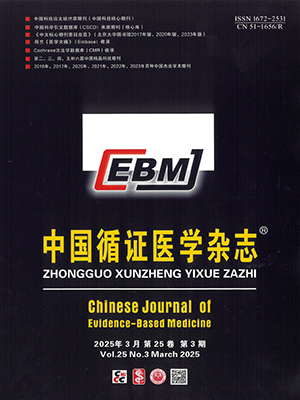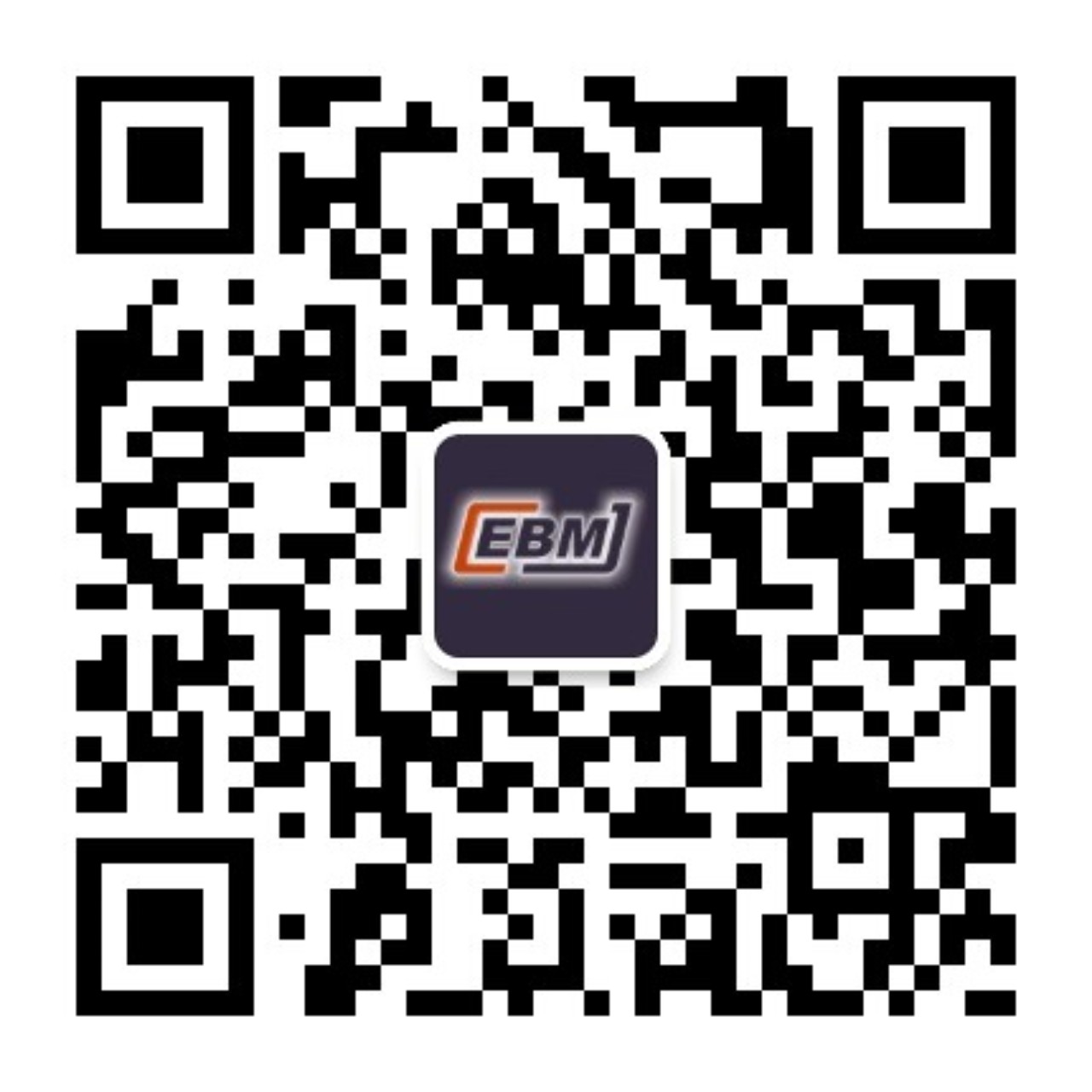| 1. |
杨华先. 中医临床路径特点分析与实施思考. 智慧健康, 2018, 4(27): 143-144, 146.
|
| 2. |
杨惠英, 刘丽敏, 于秋滨, 等. 临床路径设计的关键环节与执行障碍因素研究. 重庆医学, 2013, 42(7): 829-830.
|
| 3. |
黄先涛. 临床路径管理的发展与现状. 中国病案, 2014, 15(11): 22-24.
|
| 4. |
邹婧瑜, 苏维. 临床路径的发展与应用现状. 现代预防医学, 2008, 35(23): 4610-4612.
|
| 5. |
叶健文. 基于临床路径中医单病种付费标准测算探析. 财经界, 2019, (11): 93-95.
|
| 6. |
吕丽. 基于临床路径按病种付费之绩效分配初探. 财经界(学术版), 2019, (2): 151-152.
|
| 7. |
李风娟. 分析临床路径控制医疗费用的原因. 中国市场, 2019, (31): 104-105.
|
| 8. |
姚伟平, 刘旺华, 李花, 等. 中医主诉诊疗学对中医临床路径制定的指导意义. 中医杂志, 2019, 60(12): 1074-1076.
|
| 9. |
王忠云, 赵青松. 临床路径实施经验介绍. 中国护理管理, 2011, 11(7): 10-11.
|
| 10. |
冯浩. 临床路径的基本概念及其应用. 临床医药文献电子杂志, 2016, 3(49): 9871, 9873.
|
| 11. |
邓玉宏, 王忠, 马利, 等. 实施临床路径的意义及其应用现状. 现代生物医学进展, 2010, 10(9): 1756-1759.
|
| 12. |
王思成, 韩梅, 刘建平. 临床路径概要及中医临床应用思路. 中国中西医结合杂志, 2009, 29(12): 1064-1067.
|
| 13. |
王思成, 刘建平, 李慧, 等. 循证中医临床路径的报告规范. 中西医结合学报, 2010, 8(9): 819-823.
|
| 14. |
王民秀. 青风内障(青光眼)中医临床路径制定初探. 全国第九次中医, 中西医结合眼科学术年会论文汇编, 2010: 110-114.
|
| 15. |
刘建平. 循证医学(第 2 版). 北京: 人民卫生出版社, 2018: 87.
|
| 16. |
张爱武, 唐红, 罗晓勘. 临床路径与循证医学相关性初探. 中国卫生事业管理, 2011, 28(9): 678-679, 717.
|
| 17. |
毕齐, 宋哲. 循证医学与临床路. 中医杂志, 2010, 51(S1): 6-7.
|
| 18. |
王丽, 江启成. 循证医学与临床路径. 中国卫生事业管理, 2004, 20(7): 437-438.
|
| 19. |
刘建平, 王思成, 吴大嵘, 等. 循证中医临床路径的制订与实施. 中国中西医结合杂志, 2011, 31(1): 115-119.
|
| 20. |
赵风玲, 王慧娟, 李洁雅, 等. 以循证医学为依据的慢性铅中毒临床路径制订初探. 医药论坛杂志, 2016, 37(4): 4-7.
|




